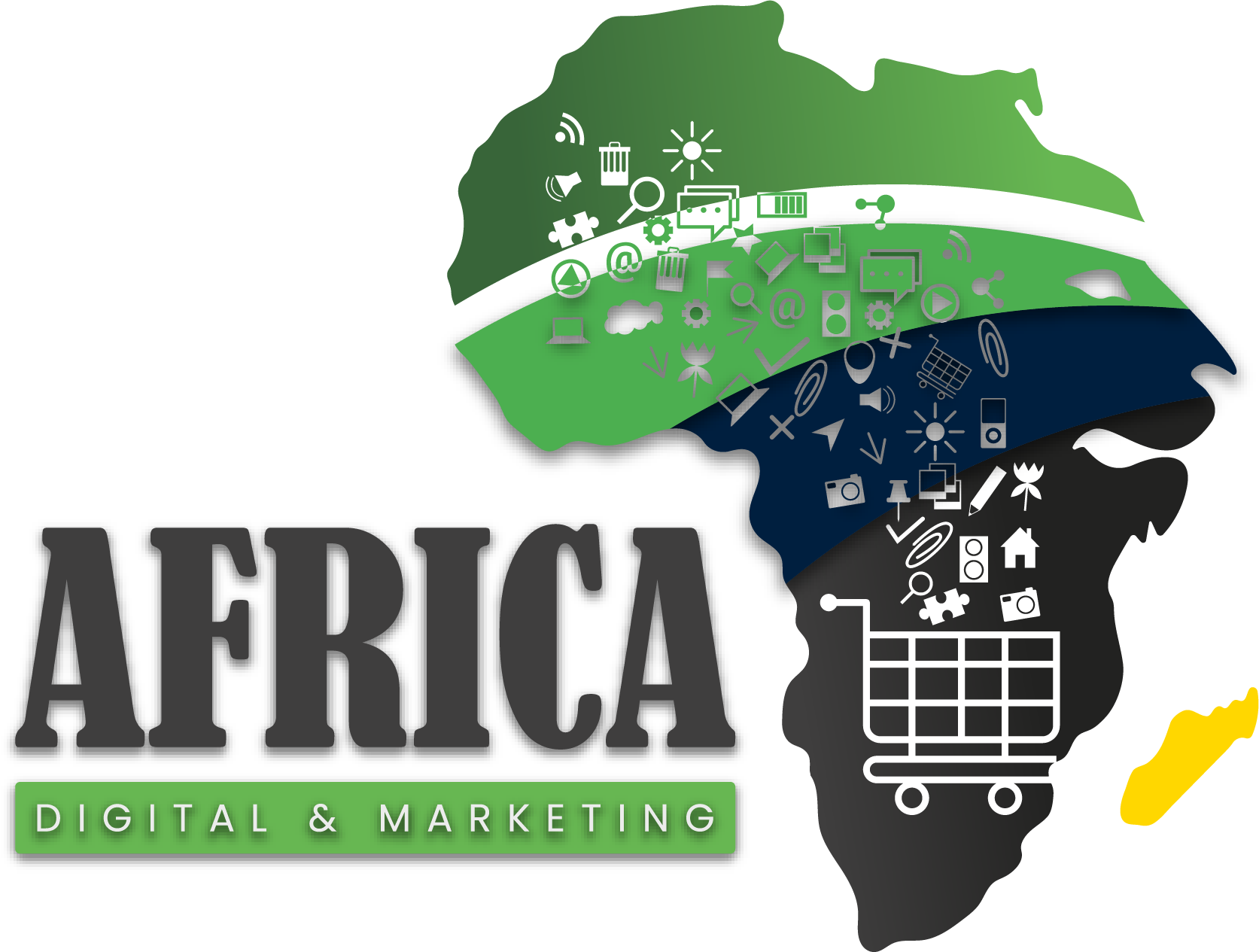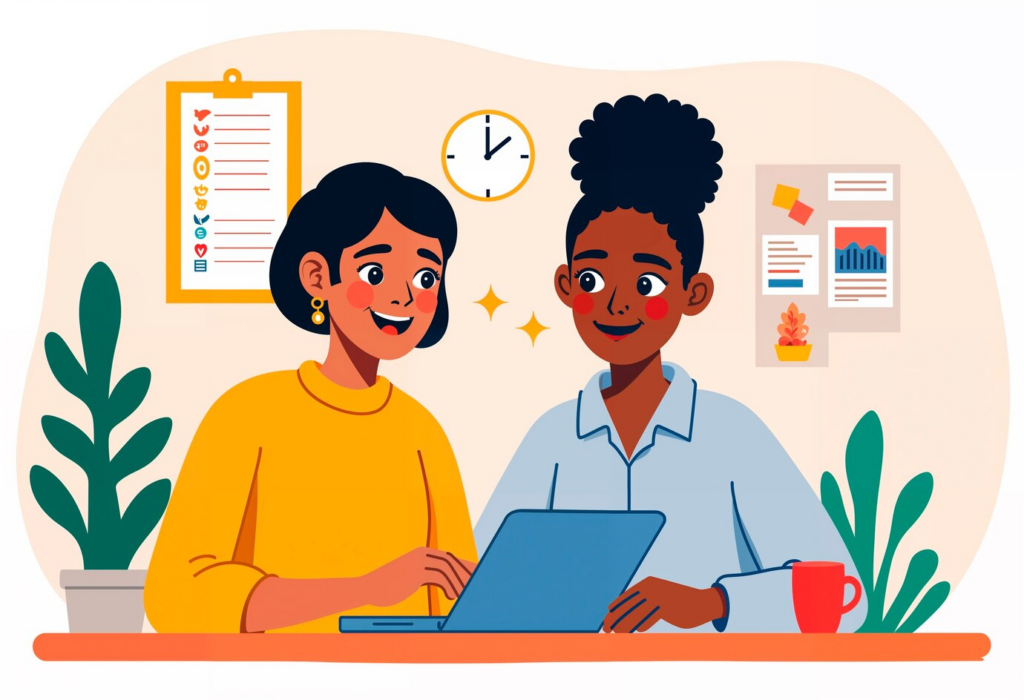
If you’ve ever had a business idea that kept you up at night, you already know the power of vision. But to turn that dream into reality, you need more than passion, you need a plan. Learning how to create a winning business plan can be the difference between a brilliant idea that fades and a thriving enterprise. A business plan is more than just a document; it’s your blueprint for success, your pitch to investors, and your strategy for long-term growth. This guide walks you through how to create a winning business plan step by step. Whether you’re a seasoned business leader or a first-time entrepreneur in the vibrant market, this is your roadmap to clarity and growth.
How To Create A Winning Business Plan
1. Start with a Strong Executive Summary
Your executive summary is your elevator pitch. In a few powerful paragraphs, it should capture the essence of your business: what you do, who you serve, your goals, and how you plan to achieve them. Think of it as the trailer to your movie, it must be compelling enough to make someone want to watch the whole film.
When writing this section, imagine you’re presenting your idea to a potential investor who only has 2 minutes to spare. If you’re running a digital clothing store targeting Gen Z in Lagos, this is where you mention your niche, your value proposition, and your plan to stand out in a crowded market. Don’t bury the best parts; highlight them.
Even though the executive summary comes first in your plan, it’s often best to write it last. That way, you’ll have a clearer picture of your entire business model.
2. Describe Your Business Clearly and Confidently
This section is where you describe who you are, what you do, and why your business exists. It should include your business name, the type of legal structure you operate under (e.g., sole proprietorship, limited liability company), your mission statement, and your business objectives.
Let’s say you’re running a logistics company in Abuja, helping small businesses deliver across states. Don’t just write, “We provide logistics services.” Instead, say something like: “At SwiftGo Logistics, we empower Nigerian SMEs by offering affordable and timely delivery solutions tailored to their needs.”
Define your vision and values too—these shape your company culture and can attract both customers and employees who share your beliefs. In today’s digital-first world, how your business is perceived online plays a major role in its success. A clear description helps anyone reading your business plan; investors, team members, or collaborators, grasp your purpose and direction. This is a crucial step in understanding how to create a winning business plan that gets noticed and taken seriously.
Use everyday language here, no corporate jargon. Make it easy for anyone, from an investor in Lagos to a potential partner in London, to understand exactly what you do and why it matters.
3. Conduct Thorough Market Analysis
Your business may be amazing, but without understanding your target market, competition, and industry trends, it’s like driving with a blindfold on. This step is where many entrepreneurs either shine or stumble.
Your market analysis should answer questions like:
• Who is your ideal customer?
• What are their pain points?
• How big is your market?
• Who are your direct and indirect competitors?
• What trends could affect your business?
Let’s say you’re launching a skincare line for melanin skin. Your market analysis should include research on how black women shop for skincare, what products they use, their income levels, buying behaviors, and top competitors in the space.
Use data from places like the NBS (National Bureau of Statistics), industry reports, surveys, and even social media trends. Tools like Google Trends or Ubersuggest can also show you what people are searching for online in your niche.
Most importantly, explain how you plan to position yourself in the market. And how you show up online matters more than ever. A smart digital marketing plan rooted in research can set your brand apart. This is where having a digital partner like Africa Digital Agency can help you gain deeper insights and visibility.
Knowing how to create a winning business plan means not skipping the research, it’s the soul of your strategy
4. Conduct a SWOT Analysis for Strategic Clarity
To complement your market research, a SWOT analysis helps you to dig even deeper into both your internal capabilities and external environment. SWOT stands for Strengths, Weaknesses, Opportunities, Threats, and it gives potential investors or partners a clearer understanding of your business’s position. Click here to learn more about SWOT analysis
Here’s how each component plays out:
- Strengths – What advantages does your business have? For example, if you run a made-in-Nigeria skincare brand, your strength might be a unique shea butter formula sourced directly from Niger.
- Weaknesses – What areas need improvement? Maybe you’re still building your e-commerce capacity or have limited distribution channels.
- Opportunities – What market trends or customer needs can you capitalize on? Rising interest in locally made products or eco-conscious packaging could be your edge.
- Threats – What external challenges might impact you? Think inflation, tough competition, import bans, or sudden policy shifts.
A detailed SWOT doesn’t just impress investors, it helps you stay grounded, proactive, and strategic as you grow.
5. Outline Your Organizational and Management Structure
You may have the best idea, but investors and partners want to know, who’s behind the wheel? This section introduces the people running the business, their roles, qualifications, and how your organizational structure supports your growth goals.
Start by presenting your team. If it’s just you, that’s okay. Mention your background, relevant experience, and your plan to build a team as you scale. If you already have co-founders or key employees, include their profiles. Highlight their roles, skill sets, and what they bring to the table.
For example, if you’re launching a fashion line, you might have a creative director (you), a production lead, a social media manager, and a customer service rep. Even if some of these roles are currently outsourced or shared, lay them out clearly.
Transparency builds trust, and structure builds credibility.
6. Describe Your Products or Services in Detail
Now it’s time to talk about what you’re offering and why people should care. Describe your products or services, how they solve real problems, and what makes them unique.
Don’t forget to address:
• Product lifecycle
• Unique selling points (USPs)
• Pricing model
• Plans for innovation
Visuals help here. Consider including images, prototypes, or descriptions that make your offering tangible.
And remember, how you present your product—online or offline—affects how people perceive its value. A strong digital presence, clear content, and compelling visuals, which Africa Digital Agency specializes in, can elevate your product from ordinary to irresistible.
7. Map Out Your Marketing and Sales Strategy
It’s not enough to have a great product, you need to get it into the hands of your customers. Your marketing and sales strategy outlines how you’ll attract, convert, and retain clients.
Begin with your marketing mix:
• Product: What are you selling?
• Price: What’s your pricing model?
• Place: Where will you sell it? Online? In-store?
• Promotion: How will people hear about it?
Be specific. If you’re launching a food delivery service in Ibadan, your strategy might include influencer partnerships, Instagram ads, a referral program, and a strong Google My Business presence.
Sales strategy is just as vital. Will you sell directly? Through distributors? Online marketplaces?
Don’t forget retention—how will you keep customers coming back? Loyalty programs, giveaways, and great customer service are key.
8. Present Your Financial Projections and Funding Request
Numbers don’t lie. This section is your chance to show that your business is not only viable but also profitable.
Include:
• Sales forecasts
• Income statements
• Cash flow statements
• Balance sheets
• Break-even analysis
These should span the next 3–5 years and be based on realistic assumptions. Investors want to see that you’ve thought through your numbers and have a plan to stay afloat, even during tough times.
If you’re seeking funding, outline exactly how much you need, what you’ll use it for, and how investors will benefit.
For example: “We’re seeking ₦15 million to scale our agritech platform in Northern Nigeria. The funds will cover platform upgrades, farmer onboarding, and digital marketing over the next 12 months.”
Even if you’re bootstrapping, this section still matters. Financial clarity shows maturity—and can even guide your decisions moving forward.
9. Tie It All Together with an Appendix
The appendix is where you include any documents that support your business plan. This may include:
• Charts or graphs
• Product images or packaging designs
• Detailed research
• Legal documents
• CVs or bios of key team members
Think of it as your evidence room. Everything that backs up what you’ve written in the main sections can live here.
Also, if you’ve worked with external partners (designers, marketers, etc.) on branding, strategy, or materials, you can note that too; it adds credibility.
Conclusion: Your Business Plan is Your First Big Win
Creating a business plan might feel overwhelming, but it’s also one of the most empowering steps you can take as an entrepreneur. It forces you to slow down, think strategically, and make decisions that set your business up for long-term success.
From understanding your market and clarifying your value to outlining how you’ll market and scale, each section plays a key role in building something sustainable.
And you don’t have to do it all alone. Whether it’s branding, digital marketing, or campaign strategy, Africa Digital Agency is ready to walk alongside you. We’ve helped business owners across Nigeria and Africa find their voice online, and we can help you too.
This should be your sign to put pen to paper and get started. Your winning business deserves a winning strategy.














